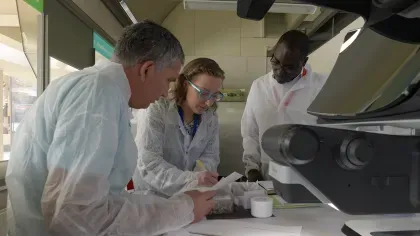22 October 2025
6 min read
Seven plants saved by the Millennium Seed Bank Partnership
To mark 25 years of the Millennium Seed Bank at Wakehurst, we're celebrating some of the many species rescued, restored or secured through our global partnership

Kew’s global seed banking network, the Millennium Seed Bank Partnership (MSBP), is the largest plant conservation programme in the world. Its network spans 100 countries and territories across six continents and 25 years of history.
Our network is united in the aim of protecting plants through conservation in seed banks around the world, with a rich assembly of research, capacity building and restoration programmes taking place to address real world conservation challenges.
On this anniversary moment, we’re celebrating just a few examples of partner achievements in aiding species that are important naturally, culturally, economically, or that are perhaps among the rarest species on Earth.
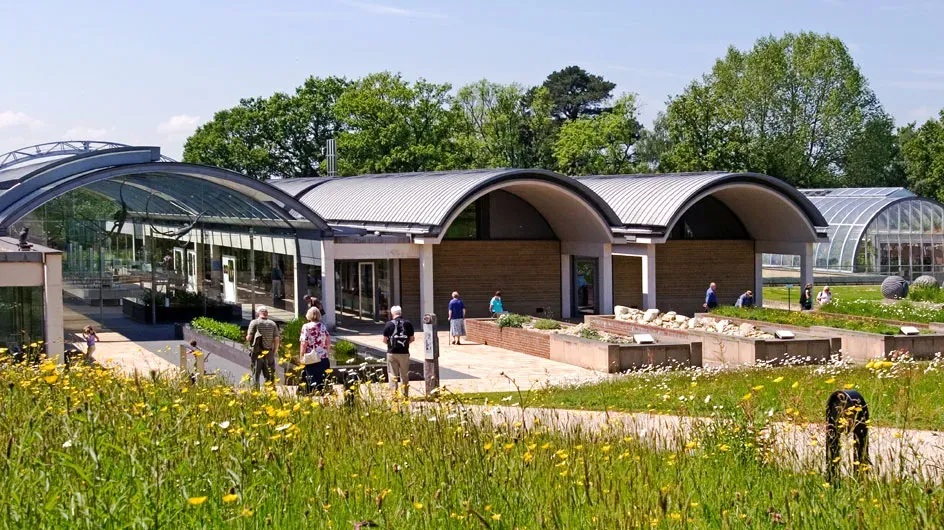
1) Mukula (Pterocarpus tinctorius) – Zambia National Seed Centre - Zambia
Mukula is a tree that only recently gained fame in Zambia. Around the year 2018, a huge spike in interest of its “rosewood” timber led to rampant exploitation of the plant, threatening its existence in the wild.
The timing coincided with the entrance of Zambia’s Ministry of Lands and Natural Resources (now known as the Ministry of Green Economy and Environment) to the MSBP, launching a collaborative seed conservation program to safeguard the country’s threatened and important plants.
The swift identification of the danger facing Mukula made it a priority for preservation, and thanks to the dedicated work of the teams in country, thousands of high-quality Mukula seeds have been successfully gathered and preserved in long-term seed storage. Beyond seed preservation, trial tree nurseries dedicated to the study and recovery of the Mukula tree are ensuring the survival of this plant for future generations.
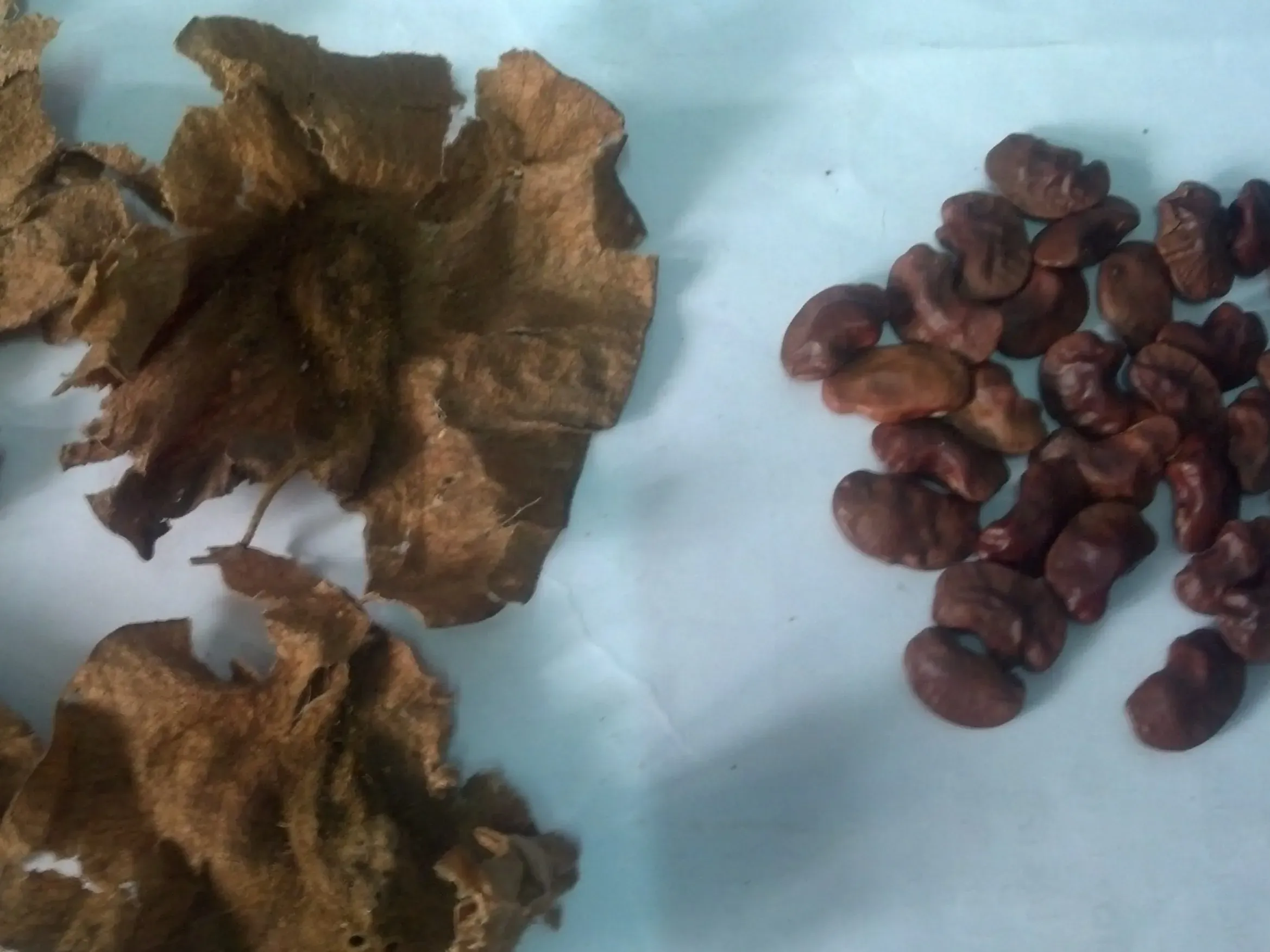
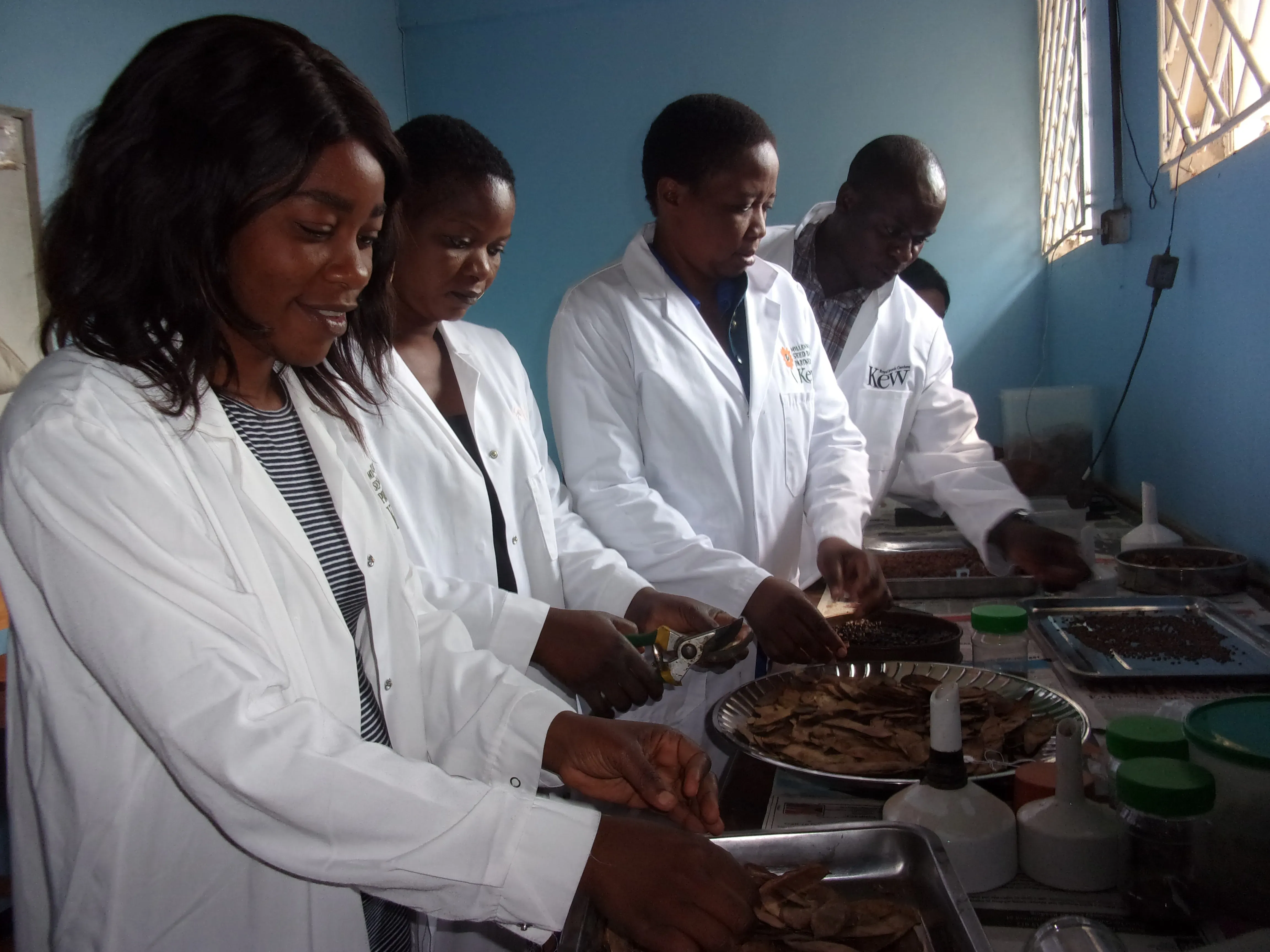
2) Spyridium fontis-woodii - South Australian Seed Conservation Centre (SASCC) - Australia
The Coorong region of South Australia is home to one of Australia’s rarest endemic species. Spyridium fontis-woodii is a small shrub that in 2006 was found exclusively on single roadside spot on the edge of a national park.
The SASCC banked the plant’s seed at the time and studied how to germinate them once more – an action that would prove critical with continued decline leaving just five surviving wild plants in 2024.
SASCC’s partnership with a local school taught students and teachers to be the stewards of this Australian plant. Using new knowledge, the students were able to bank thousands of further S. fontis-woodii seeds and grow new plants in their ‘seed orchard’ for restoration. These young plants have since been used to establish a new population in the Coorong region numbering the hundreds, ending the risk of imminent extinction in the wild. This complete journey of seed banking, research, community participation and ecosystem restoration is a perfect example of what seed conservation can achieve.

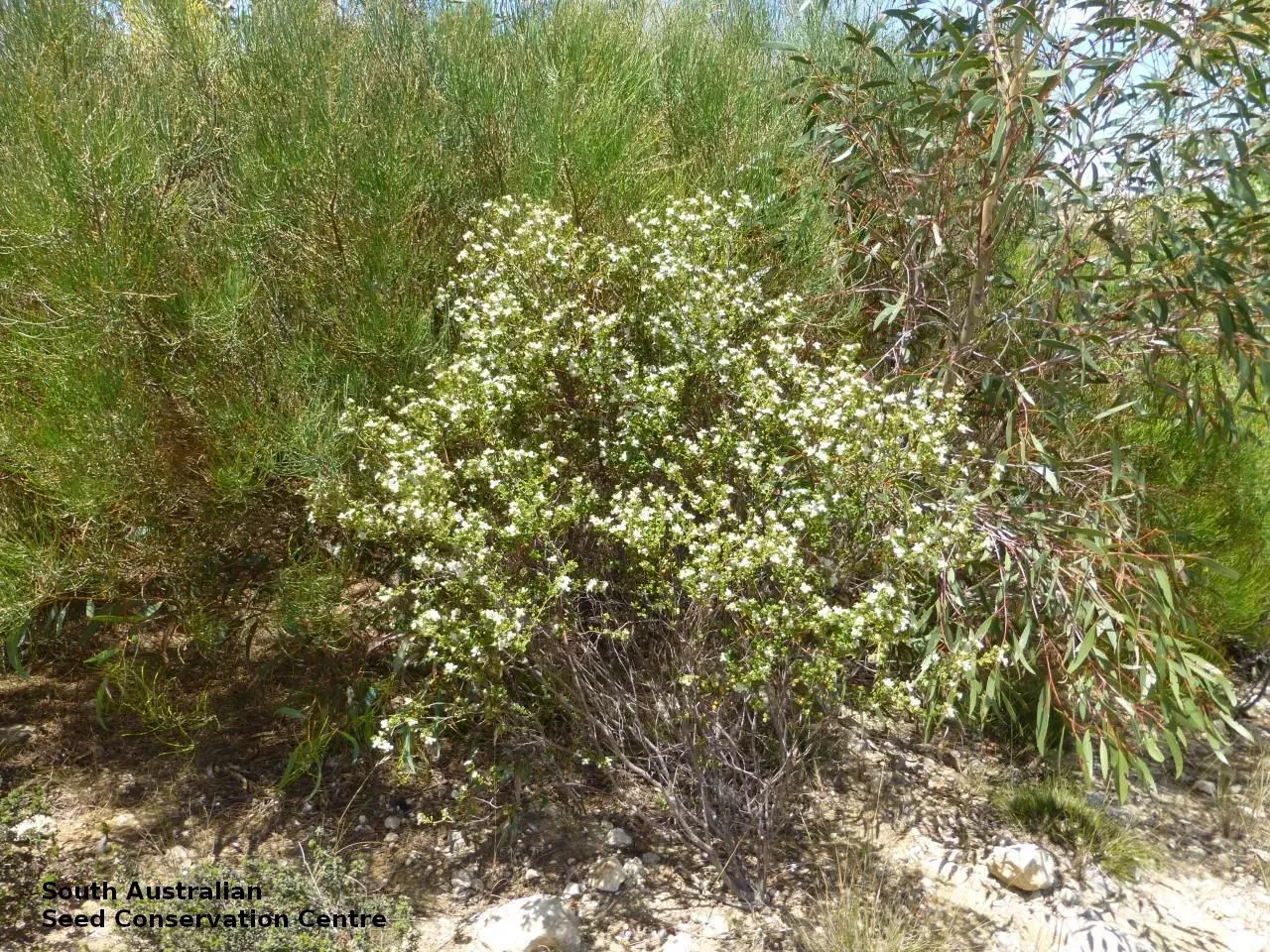
3) Cardo santo (Argemone crassifolia) - Instituto de Investigaciones Agropecuarias (INIA) Base Seed Bank - Chile
For decades, the cardo santo (Argemone crassifolia) was known only from a single specimen collected from the heights of Chile’s Atacama 100 years ago. With no record since, it was long thought extinct. This remained the case until an INIA-led effort sought to piece together historic maps and place names in the hope of tracking down the original collection site.
A subsequent treasure hunt expedition yielded the ultimate success - the rediscovery of the once lost cardo santo population. Today the species is stored safely in the seed bank collection at INIA, where it exists as a symbol of what can be achieved for biodiversity through persistence and teamwork.

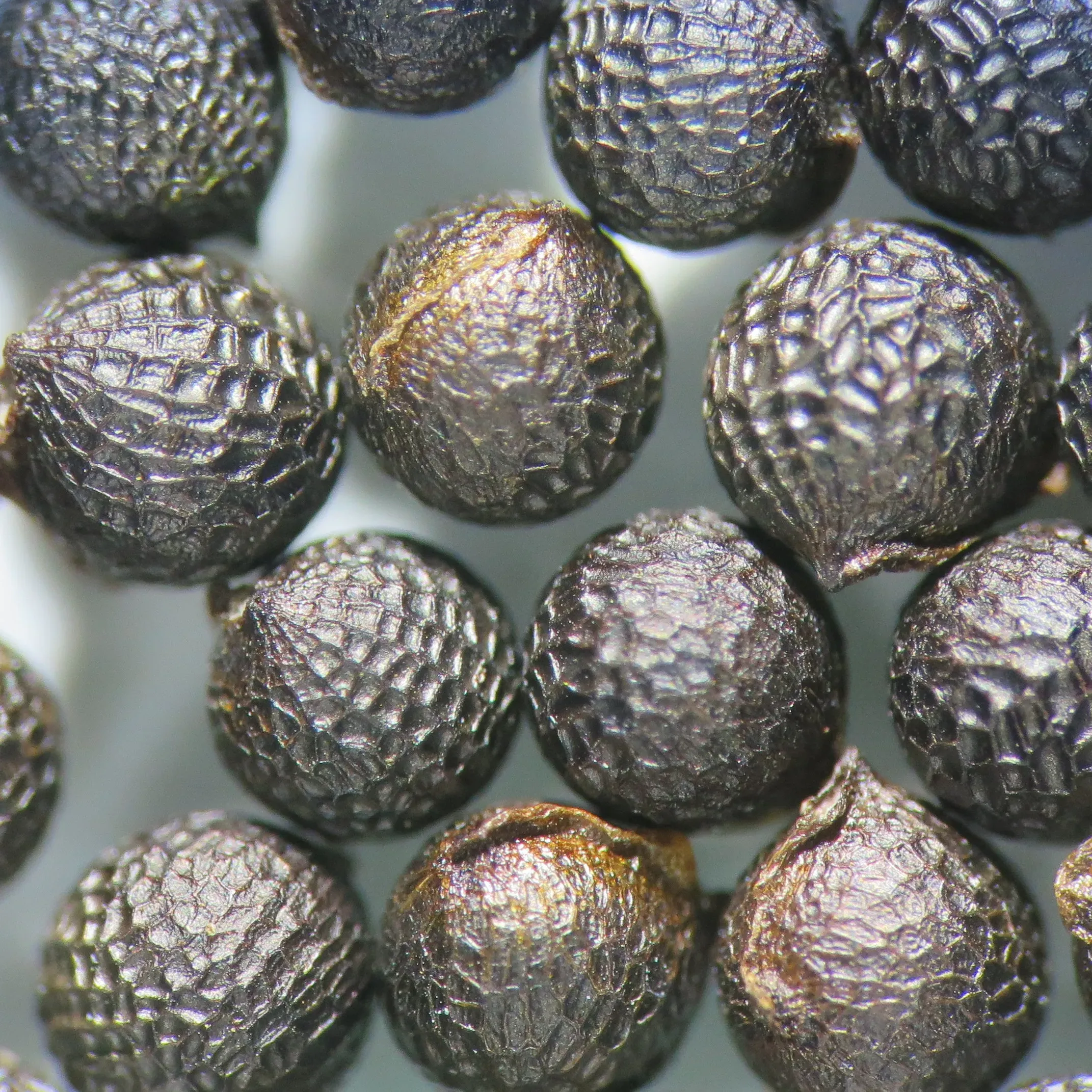
4) Caicos pine (Pinus caribaea var. bahamensis) - Department of Environment & Coastal Resources - Turks and Caicos
The arrival of an invasive insect on imported US Christmas trees decimated the national tree of the Turks and Caicos (TCI) – the Caicos pine. Between 2005-2015, 97% of all surviving trees were lost.
An emergency effort to avoid a total wipeout was fraught with difficulty. The few surviving trees were producing cones outside of their usual cycle. These were cones that in good times would yield 80 seeds or more, but here in this time of need were yielding only 2 or 3 seeds apiece. Despite the challenge, collections were made for storage in the MSB and at facilities in Turks and Caicos.
Ten years on, it’s a different picture. Successive projects between Kew and the TCI Department of Environment & Coastal Resources have led to increasing tree numbers, improved tree health and more seedling recruitment occurring year on year. There’s hope for the Caicos pine, and it serves as a reminder of the risk of not having seed collections in place.
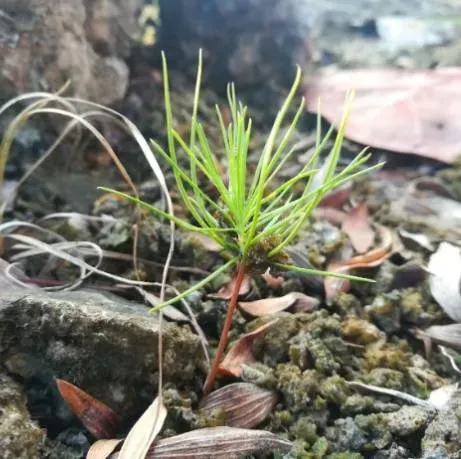

5) Consolida samia - National and Kapodistrian University of Athens Seed Bank (NKUA Seed Bank) - Greece
One of the rarest species conserved in the vaults of the NKUA Seed Bank and the MSB is Consolida samia, a plant once lost for 61 years after its description, and currently only known from a single population of no more than 2000 individuals in a small area of roughly five hectares
In 2023, a group led by NKUA's Apostolis Kaltsis rediscovered the plant and photographed it in full flower for the first time, as seen in the photos below. The team have since returned to the site of their discovery to make invaluable seed collections and secure the future of this Greek endemic.
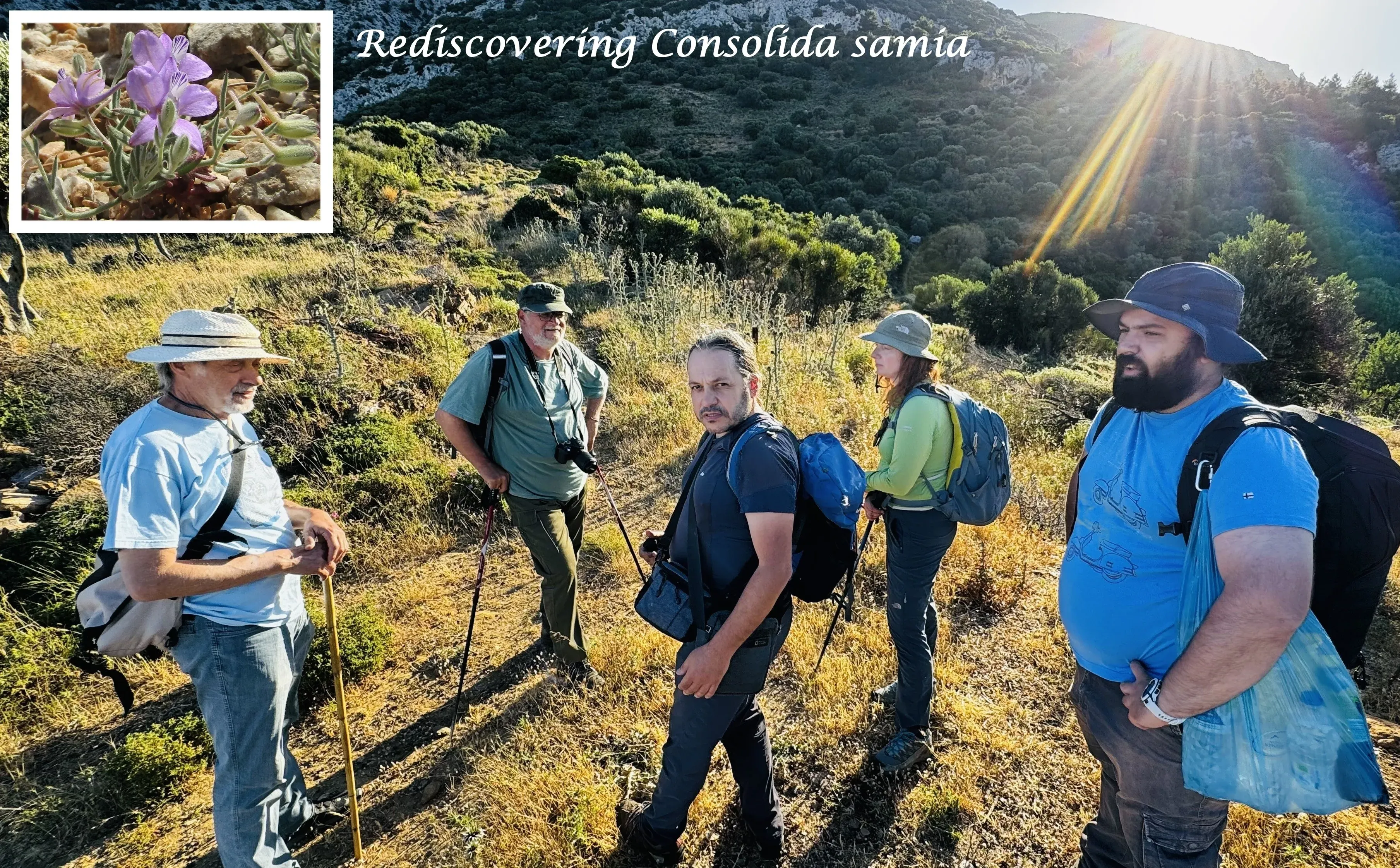
6) Short-leaved dudleya (Dudleya brevifolia) – San Diego Zoo Wildlife Alliance (SDWZA) Native Plant Gene bank - USA
Short-leaved dudleya is known to just five populations found exclusively around the Torrey Pines State Reserve, California. Three of these have been well in need of restoration and stabilisation.
Over six years from 2019 to now, the SDWZA team have positioned themselves as the local experts and stewards of the species. Plants populations with a strong mix of genes (high genetic diversity) are more resilient and likely to survive change, so the team began by mapping this genetic diversity across the five populations and collecting seeds to secure it.
This knowledge and resource has equipped the team to develop population management strategies and work with landowners to carry out reintroductions from freshly grown, genetically diverse plants. Their latest achievement is roughly doubling of the number of individuals in the most imperilled population to around 100, with more work still to come!


7) Duft-Skabiose (Scabiosa canescens) – Dahlemer Saatgutbank - Germany
The small but attractive Duftskabiose was once common in Eastern Germany but has declined rapidly in recent decades. A few fragment populations exist, but when there’s no mixing between fragments we begin to lose the all-important genetic diversity that make a species strong in the face of change or stress.
Aiming to rectify this genetic problem and promote recovery, the Dahlemer Seed Bank team have been collecting seeds from 155 Duftskabiose populations in recent years - more than 500,000 seeds in total! Some of those populations have since been driven to near extinction in the wild, and so these crucial collections have been used to support both existing populations and establish newly reintroduced populations in the sandy grasslands of Northeastern Germany.
The team have already been pleased to already witness the spreading of these established populations, inspiring much hope that this attractive, important food plant for insects can be established at more and more sites in the landscape.
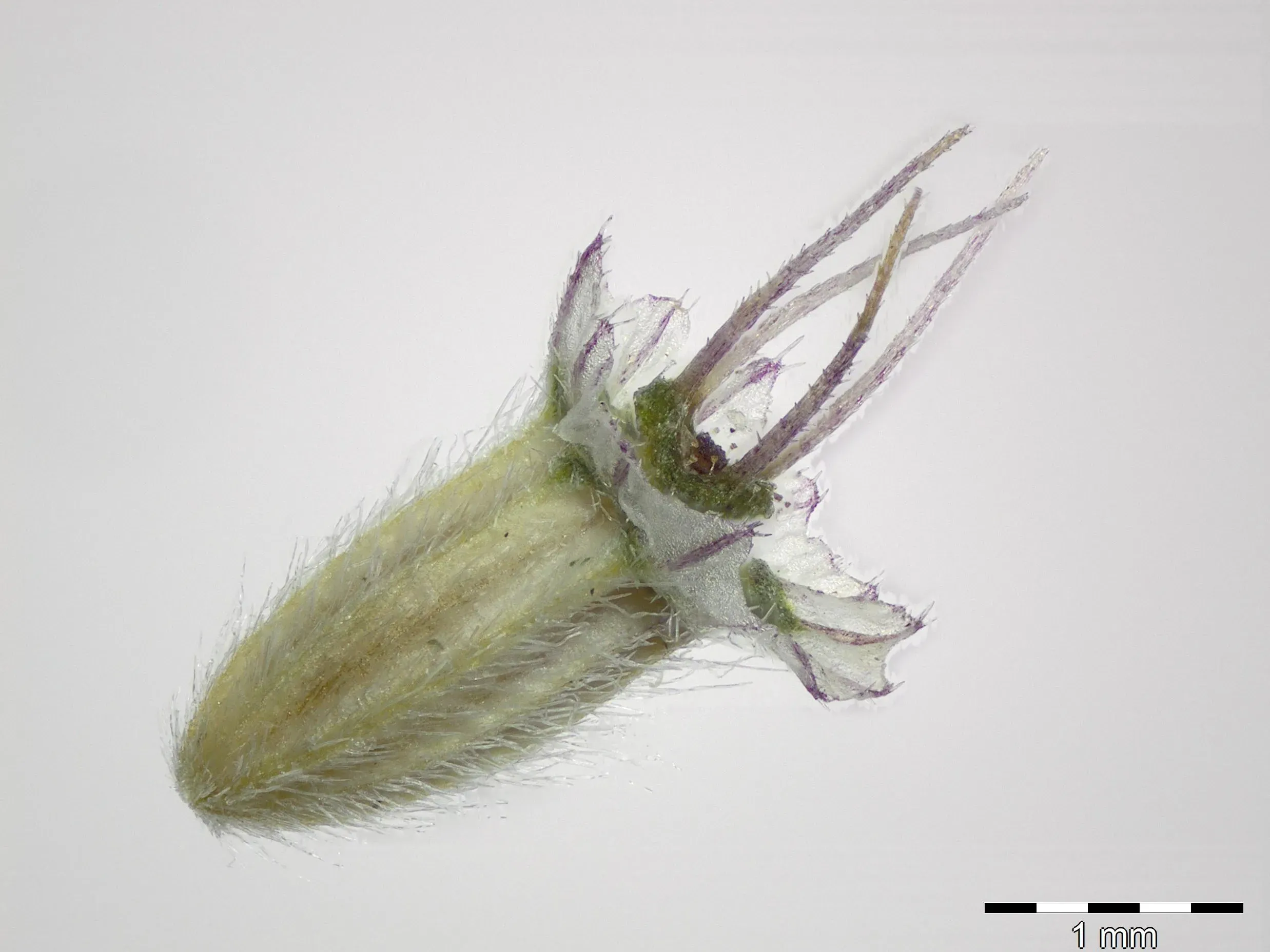
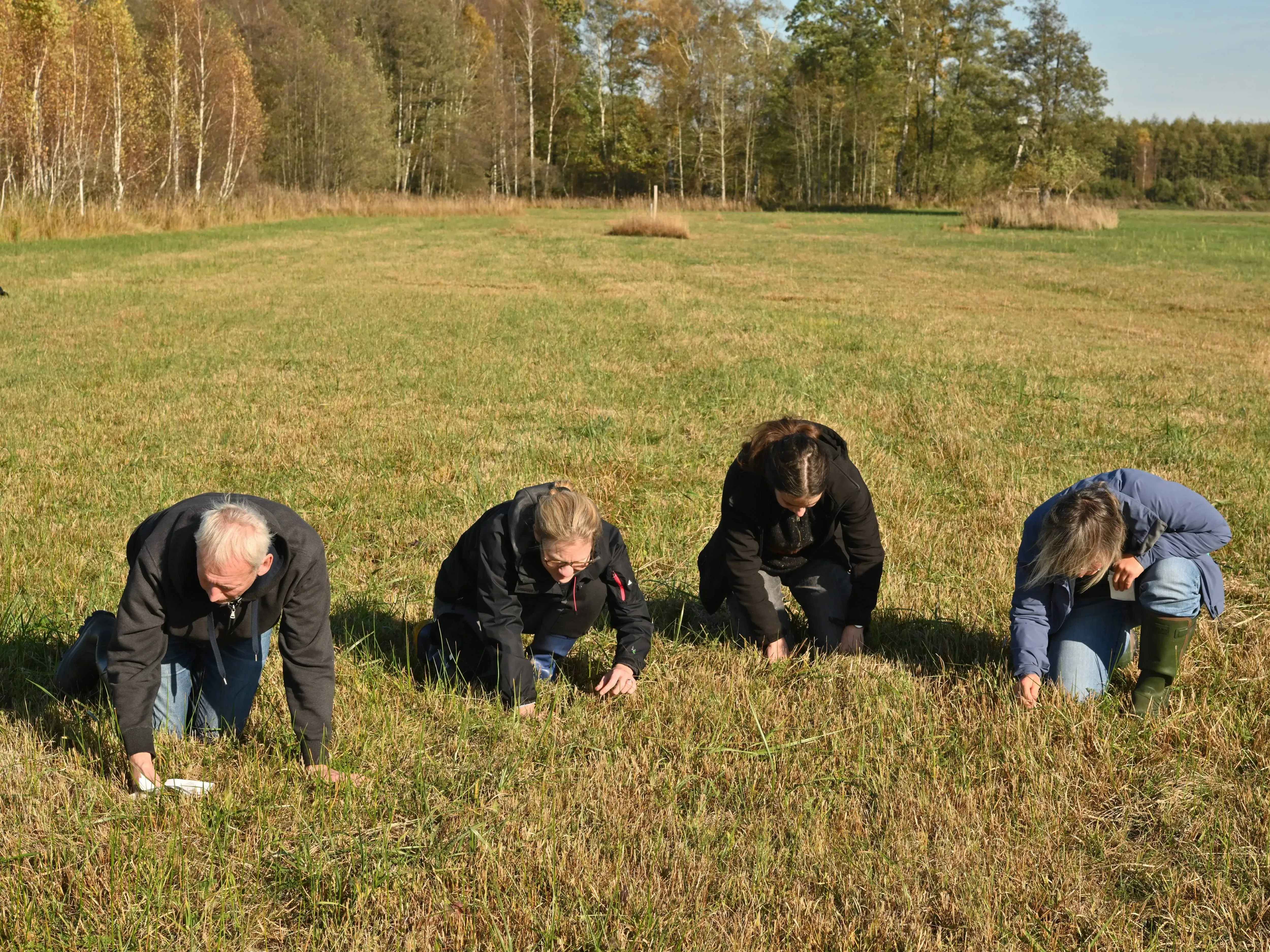
A future of conservation success through seed
Each of these incredible activities represent real examples of where plants have been aided and restored through conservation seed banking, in-turn strengthening the ecosystems in which these species now continue to exist.
It is collaboration at scale and the massive enduring effort of the individuals, teams and organisations that form the MSBP, which are tackling the conservation challenges of today and enabling the successes of tomorrow.
If you’d like to learn more about the work taking place in the MSBP or play your role in shaping the next stories of conservation achievement, take a look at the links below to learn more and get involved.
More from the Millennium Seed Bank
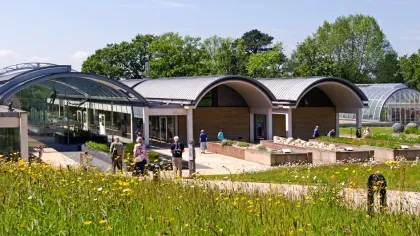
Millennium Seed Bank Partnership
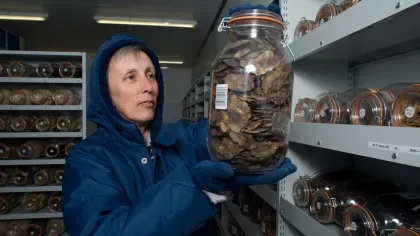
Seed Collection
